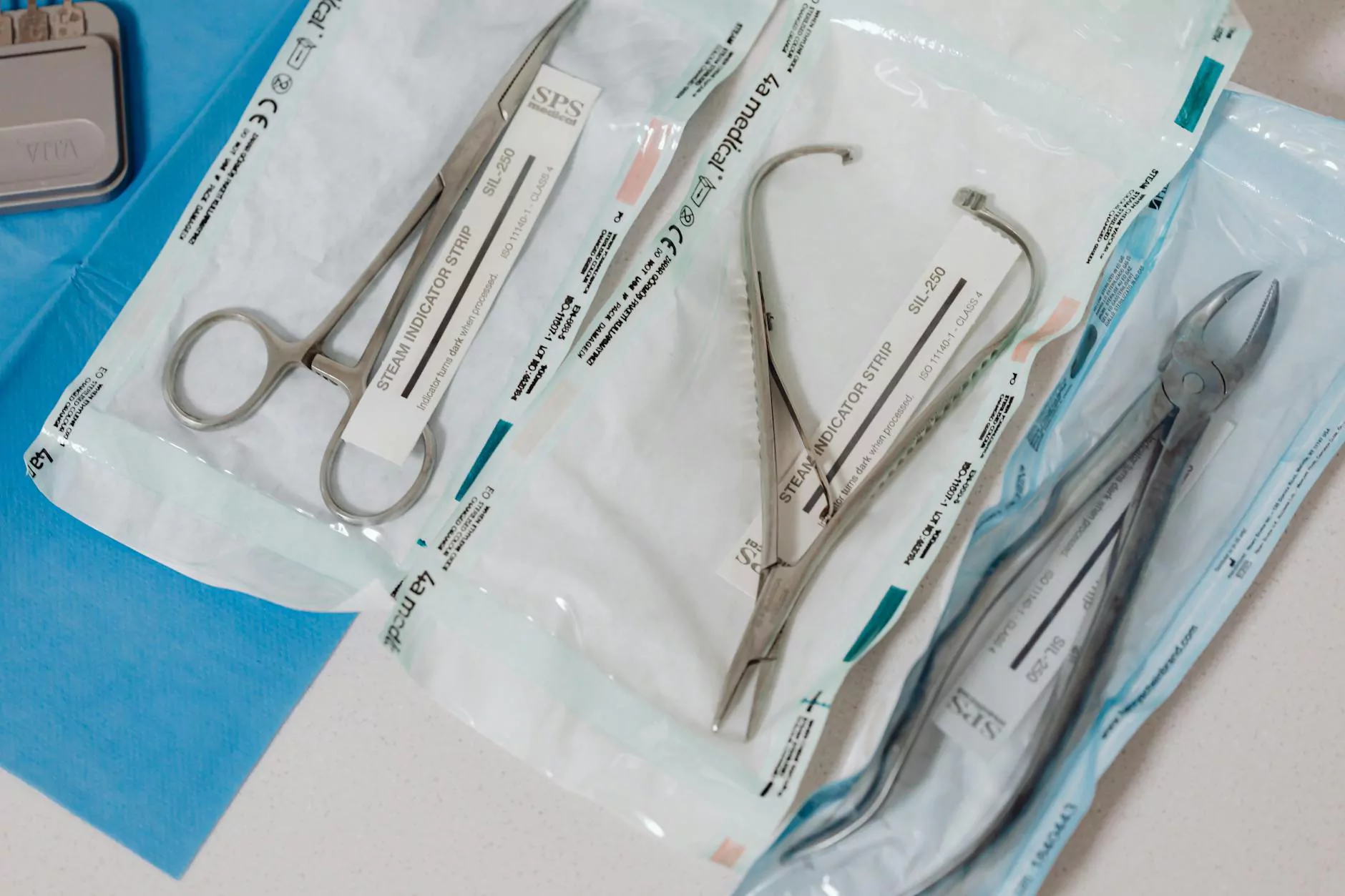Introduction to Surgical Instruments

Surgical instruments play a pivotal role in the medical field, serving as the essential tools that enable healthcare professionals to perform intricate procedures. From diagnostics to major surgeries, the quality, precision, and efficacy of these instruments greatly influence patient outcomes. In this article, we delve deep into the world of surgical instruments, examining their types, uses, and the innovations driving improvements in their design and functionality.
The Importance of Surgical Instruments in the Medical Field
The importance of surgical instruments cannot be overstated. These tools facilitate a wide range of operations, from minor surgeries to life-threatening conditions. The right instruments not only improve the efficiency of a procedure but also enhance safety and precision, reducing the risk of complications. Here are some key reasons why surgical instruments are so crucial:
- Precision: Instruments are designed to allow surgeons to operate with utmost accuracy.
- Safety: High-quality instruments minimize the risk of injury to the patient and surgeon.
- Efficiency: Specialized tools enable faster completion of complex procedures.
- Versatility: Different instruments are designed for various types of surgeries and patients.
Types of Surgical Instruments
Surgical instruments can be classified into various categories based on their function. Understanding these types is essential for healthcare professionals and medical students alike:
1. Handheld Instruments
These are the most common instruments which surgeons hold directly. Examples include:
- Scalpels: Used for making incisions.
- Scissors: Various types are used for cutting tissue—metzenbaum scissors for delicate tissues, blunt scissors for tougher types.
- Forceps: Instrument to hold or grasp tissues, with varying designs for different purposes, such as tissue forceps for grasping soft tissues or hemostatic forceps for clamping blood vessels.
2. Electrical Instruments
These instruments utilize electrical energy to aid in surgical procedures. Some examples are:
- Electrocautery Devices: Used for cutting and coagulating tissues with minimal blood loss.
- Laparoscopic Instruments: Specialized tools that provide access to the abdominal cavity through small incisions.
3. Suturing Instruments
These instruments are designed for stitching tissues together post-surgery. Key types include:
- Suture Needles: These are curved or straight, depending on the nature of the tissue being sutured.
- Suture Scissors: Specifically designed to cut sutures without damaging underlying tissue.
4. Surgical Drains and Tubes
Used to remove fluids from surgical sites to prevent complications. They include:
- Jackson-Pratt Drains: Commonly used after major surgeries to collect excess fluids.
- Chest Tubes: Draining air or fluid from the pleural space.
Material Composition and Instrument Durability
One critical aspect of surgical instruments is their material composition. Instruments are typically made from:
- Stainless Steel: Known for its strength and resistance to corrosion, making it the standard material in surgical tools.
- Titanium: Lightweight and highly durable, used in instruments where both strength and low weight are essential.
- Plastic: Commonly used for disposable instruments in certain procedures to discourage cross-contamination.
Durability and proper maintenance of these tools are essential for their longevity. Regular sterilization, avoiding rusting, and proper storage can extend the lifespan of surgical instruments, underscoring the importance of care procedures in healthcare facilities.
Innovations in Surgical Instruments
The field of surgery is rapidly evolving, and so are the surgical instruments that accompany it. Recent innovations include:
1. Minimally Invasive Surgery
Developments in instruments have made minimally invasive procedures more accessible. Tools that are smaller, yet more precise, allow surgeons to perform complex operations through tiny incisions, resulting in faster recovery times and less postoperative pain.
2. Robotics and Precision Instruments
Robotic surgical systems have transformed how surgeries are performed. These systems enhance precision and allow surgeons to perform complex procedures with greater control. Da Vinci Surgical System is a notable example that has received widespread acclaim.
3. Smart Instruments
Integrating smart technology into surgical instruments is redefining the surgical landscape. Tools equipped with sensors and connectivity features enable real-time data collection and monitoring, improving outcomes and facilitating better decision-making during surgery.
Regulations and Standards for Surgical Instruments
To ensure patient safety, surgical instruments must comply with rigorous regulatory standards. In various countries, the following bodies govern their use:
- The FDA (Food and Drug Administration): In the United States, the FDA regulates the approval of surgical instruments, verifying their safety and effectiveness before they can be marketed.
- ISO (International Organization for Standardization): Sets global standards for quality and safety in medical instruments.
- AAMI (Association for the Advancement of Medical Instrumentation): Focuses on enhancing safety and effectiveness in the medical field, providing guidelines on sterilization and the use of medical instruments.
The Role of Grey Medical in the Surgical Instruments Industry
At grey-medical.com, we pride ourselves in distributing top-quality surgical instruments that meet the evolving needs of healthcare professionals. Our commitment lies in not only providing a wide range of instruments but also ensuring they adhere to the latest health standards and innovations. Our product lines are designed to assist doctors and medical centers in delivering the best possible patient care.
Our Commitment to Quality
We understand the importance of surgical instruments in the healthcare sector, and that’s why we partner with leading manufacturers who share our dedication to quality, reliability, and innovation. This ensures our clients have access to surgical tools that enhance surgical outcomes and improve patient safety.
Conclusion: Investing in Quality Surgical Instruments
In conclusion, surgical instruments are essential components in the medical field, influencing the safety, efficiency, and outcomes of surgical procedures. As healthcare continues to advance, the demand for high-quality, innovative instruments will only grow. By choosing reputable sources like grey-medical.com, healthcare providers can ensure they are equipped with the best tools available to meet the challenges of modern medicine.
For additional information or assistance related to surgical instruments, feel free to contact us! We are here to support your healthcare needs and ensure your practice has access to the best instruments in the market.









